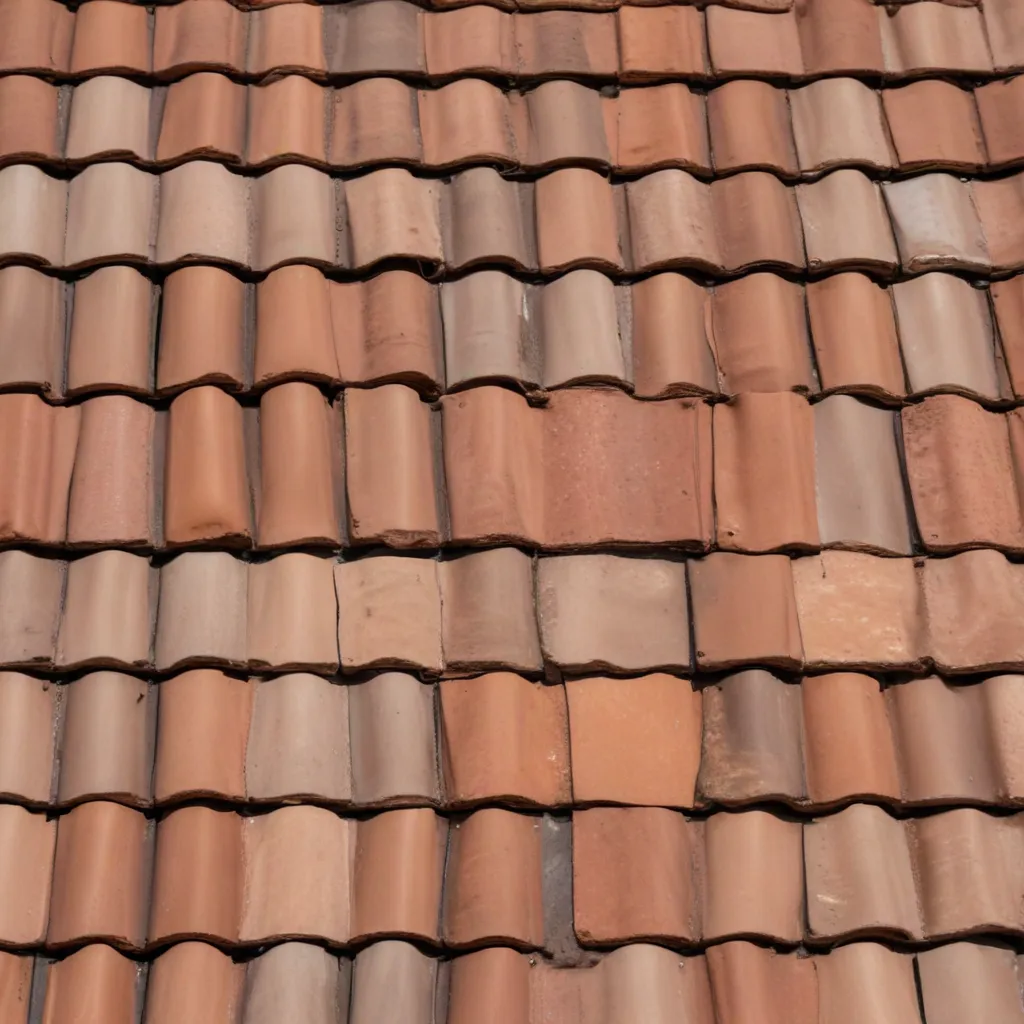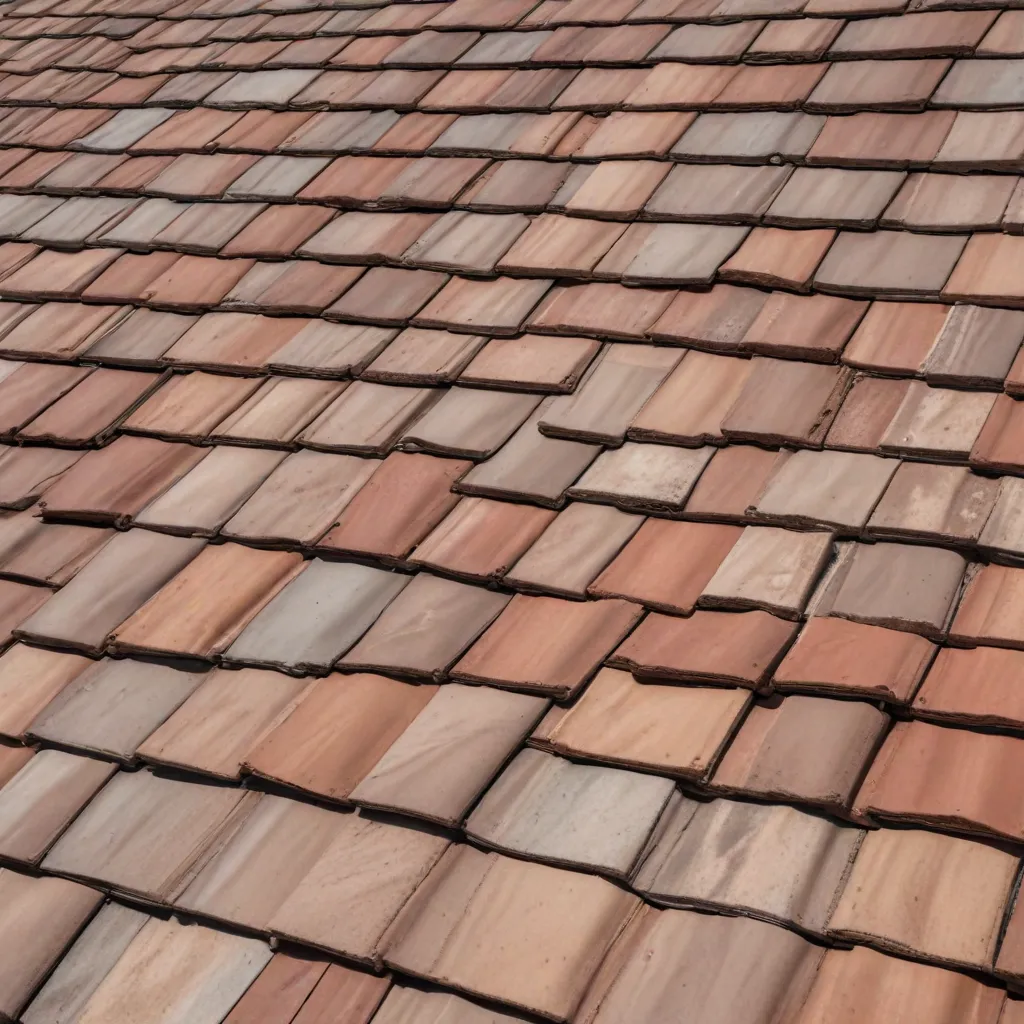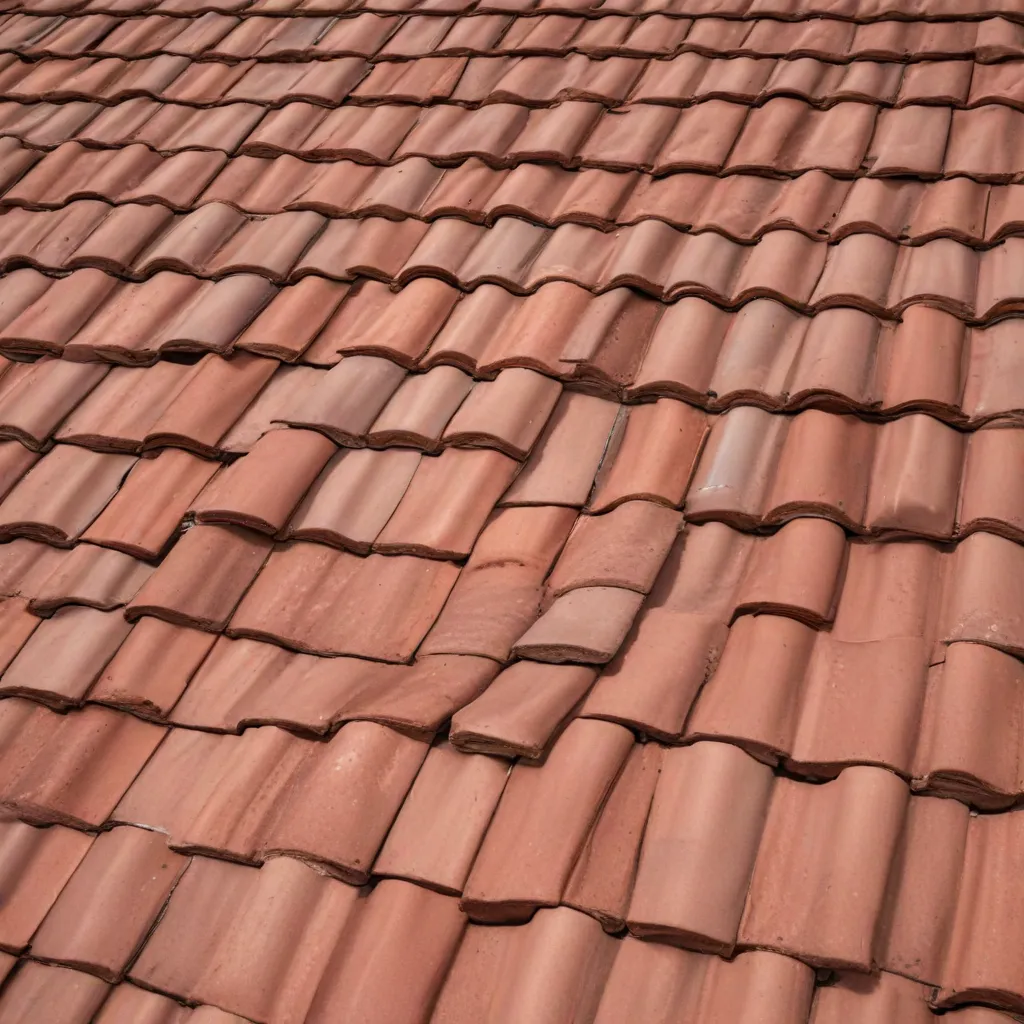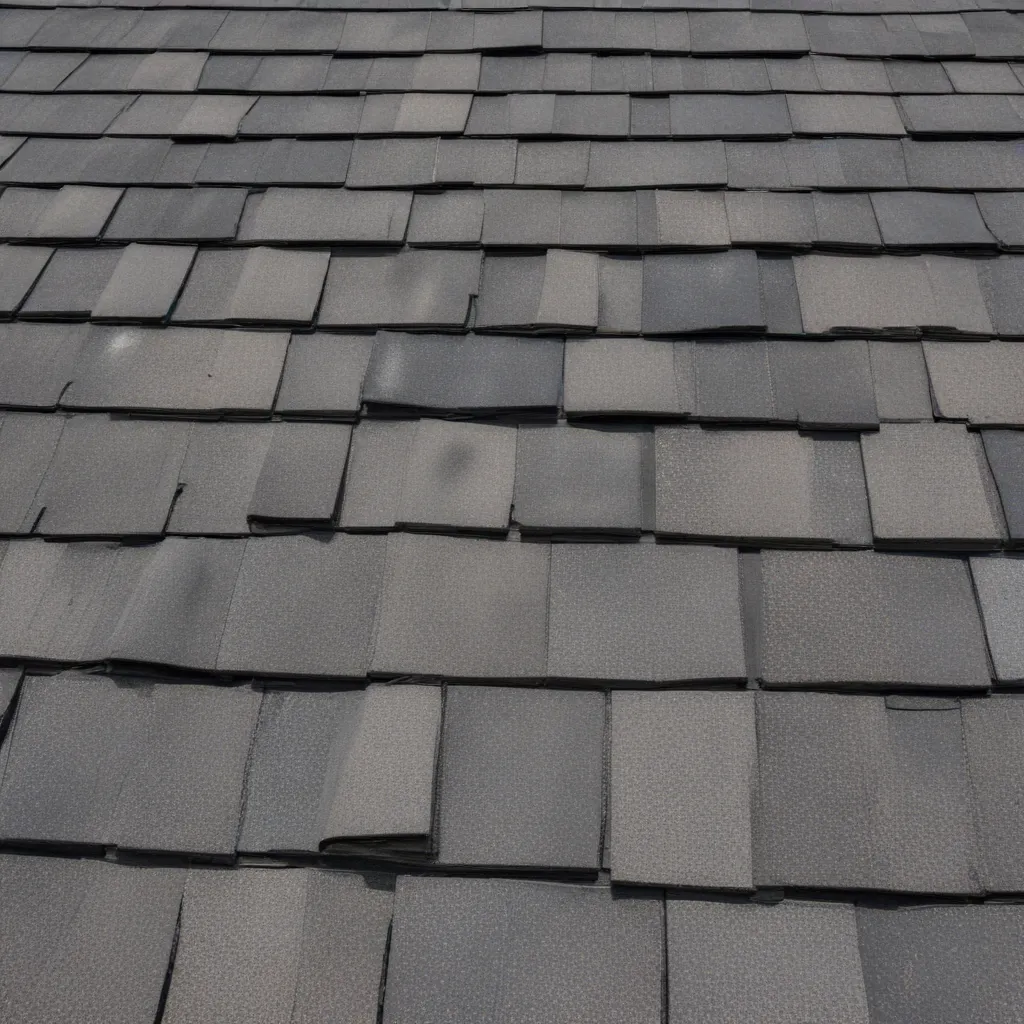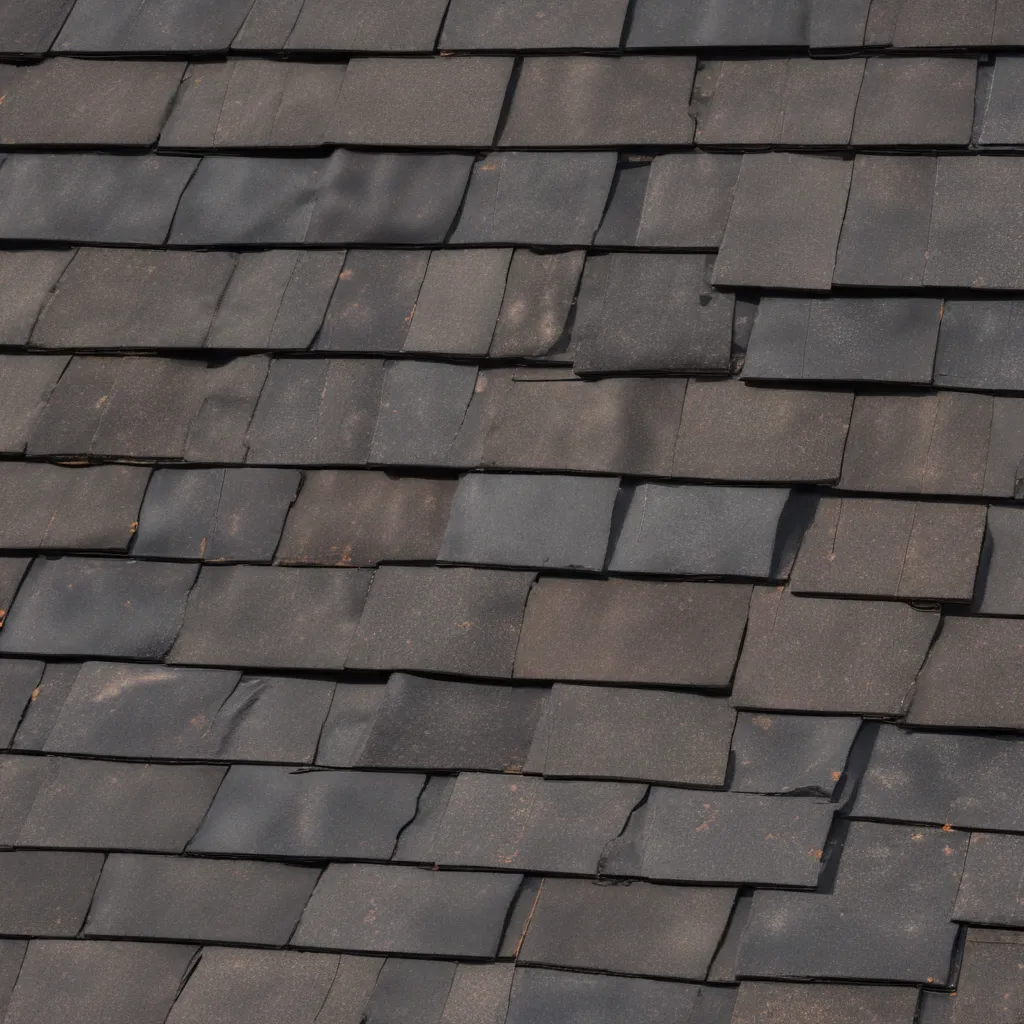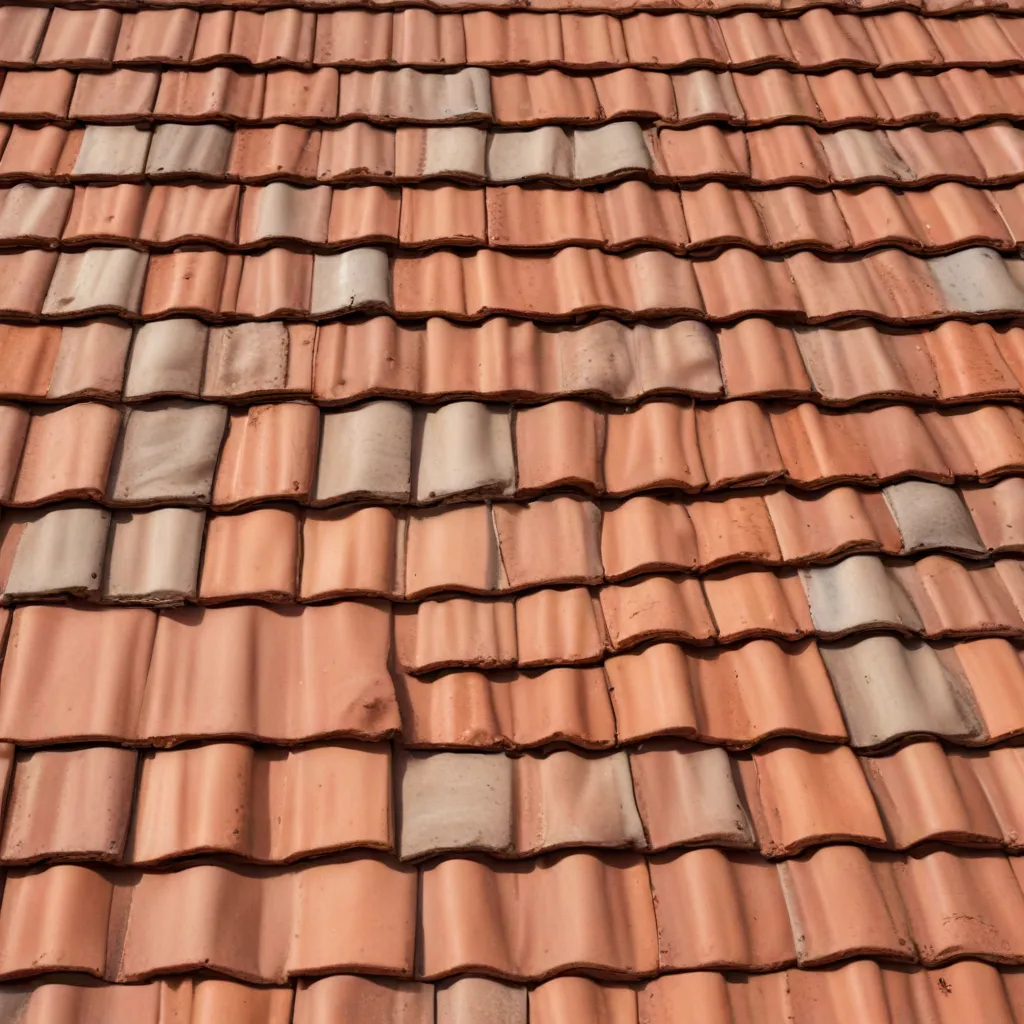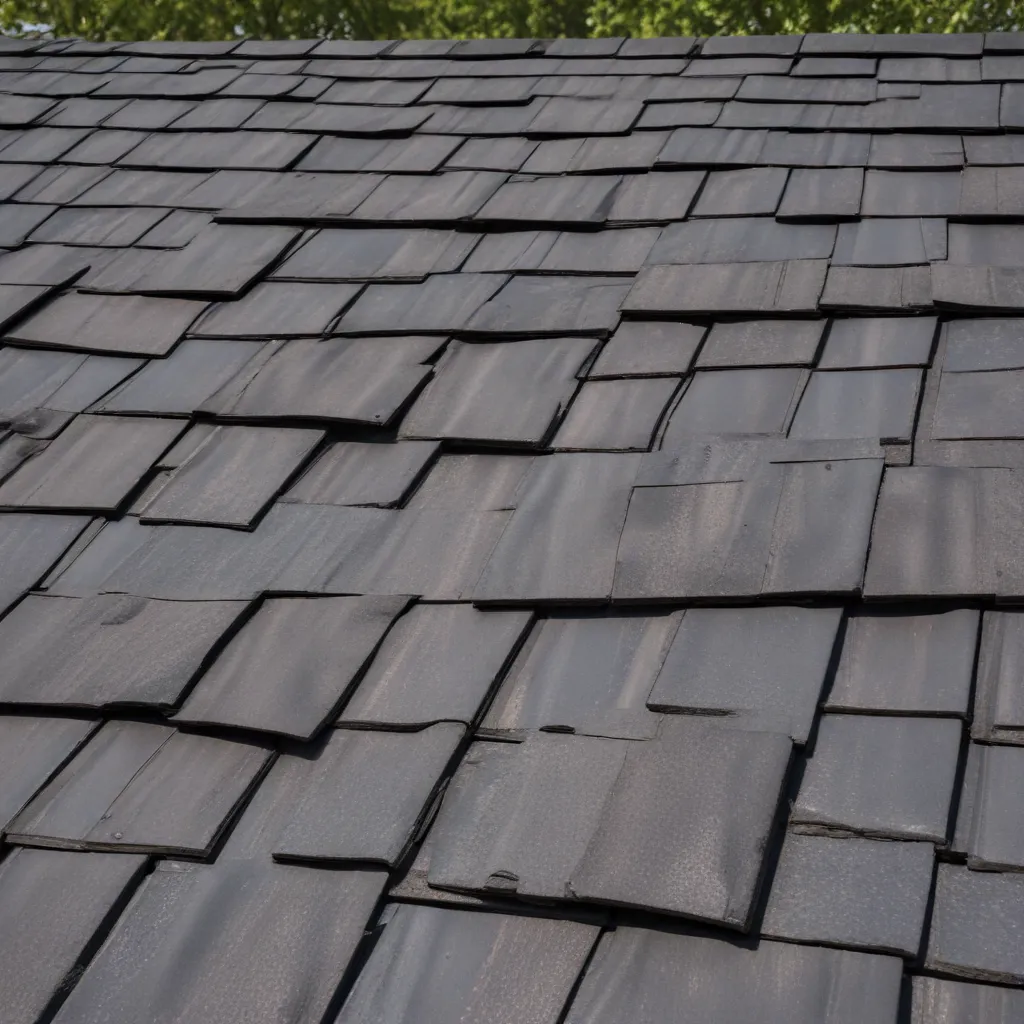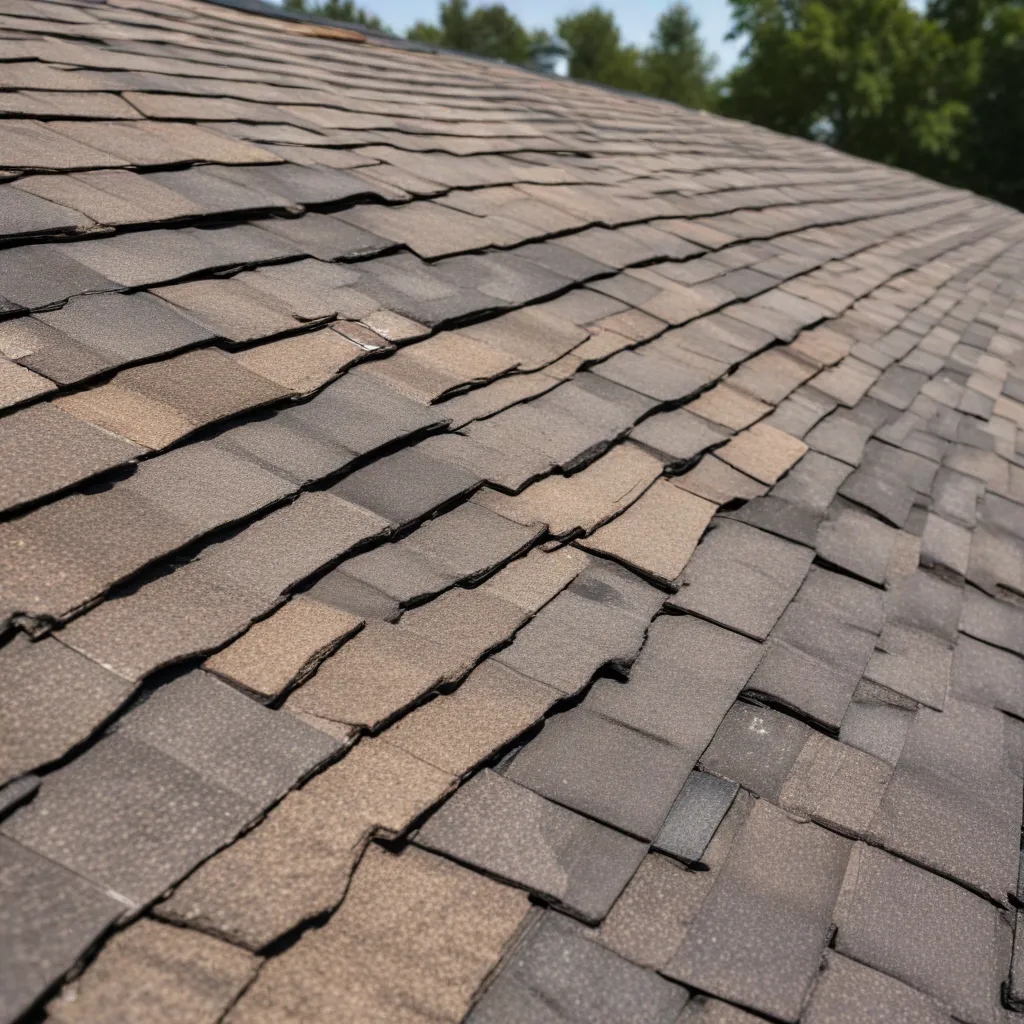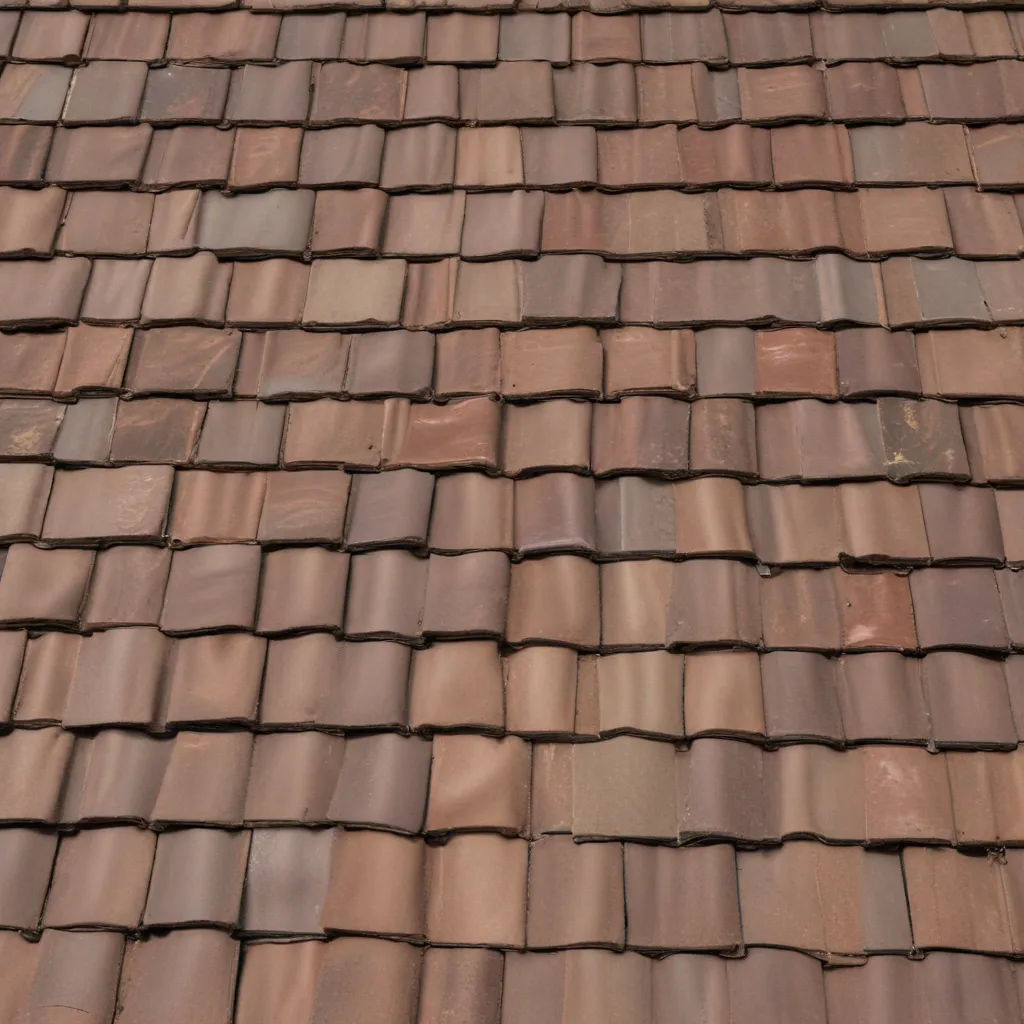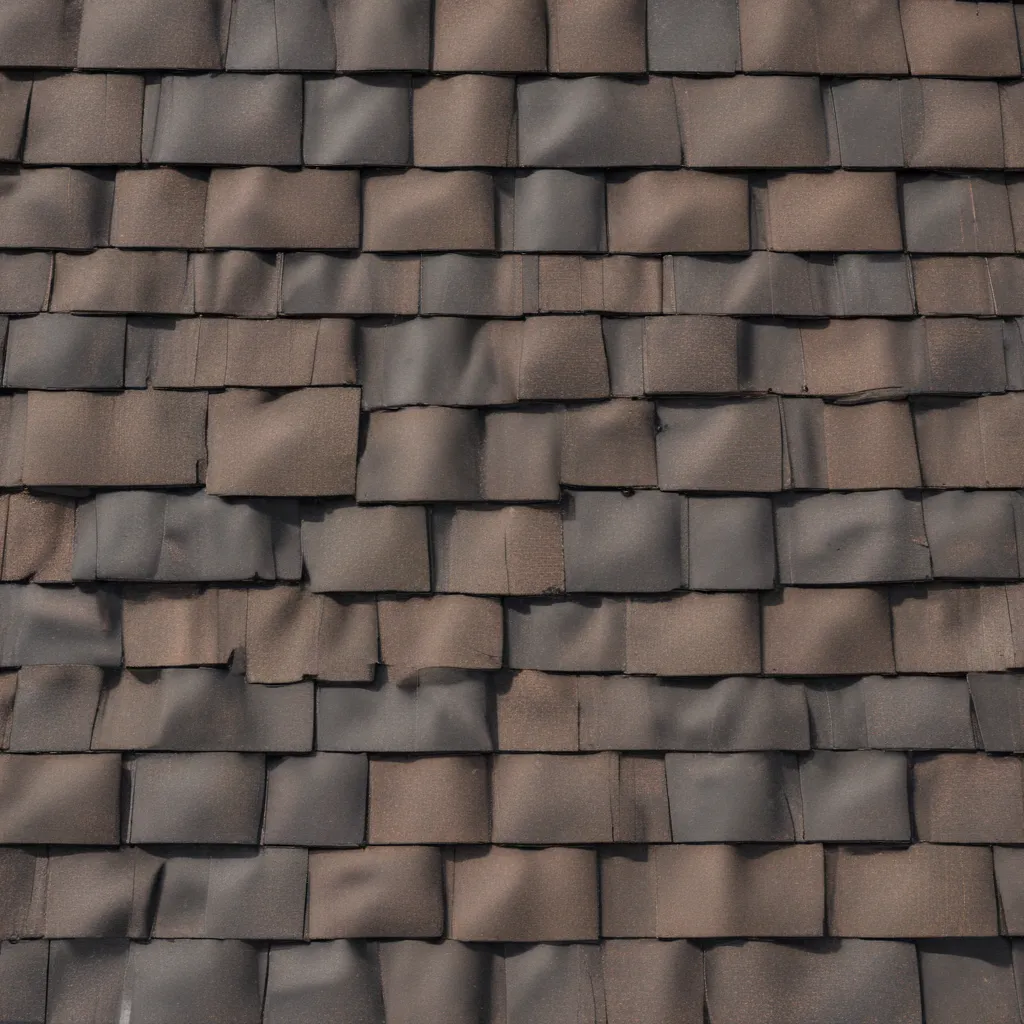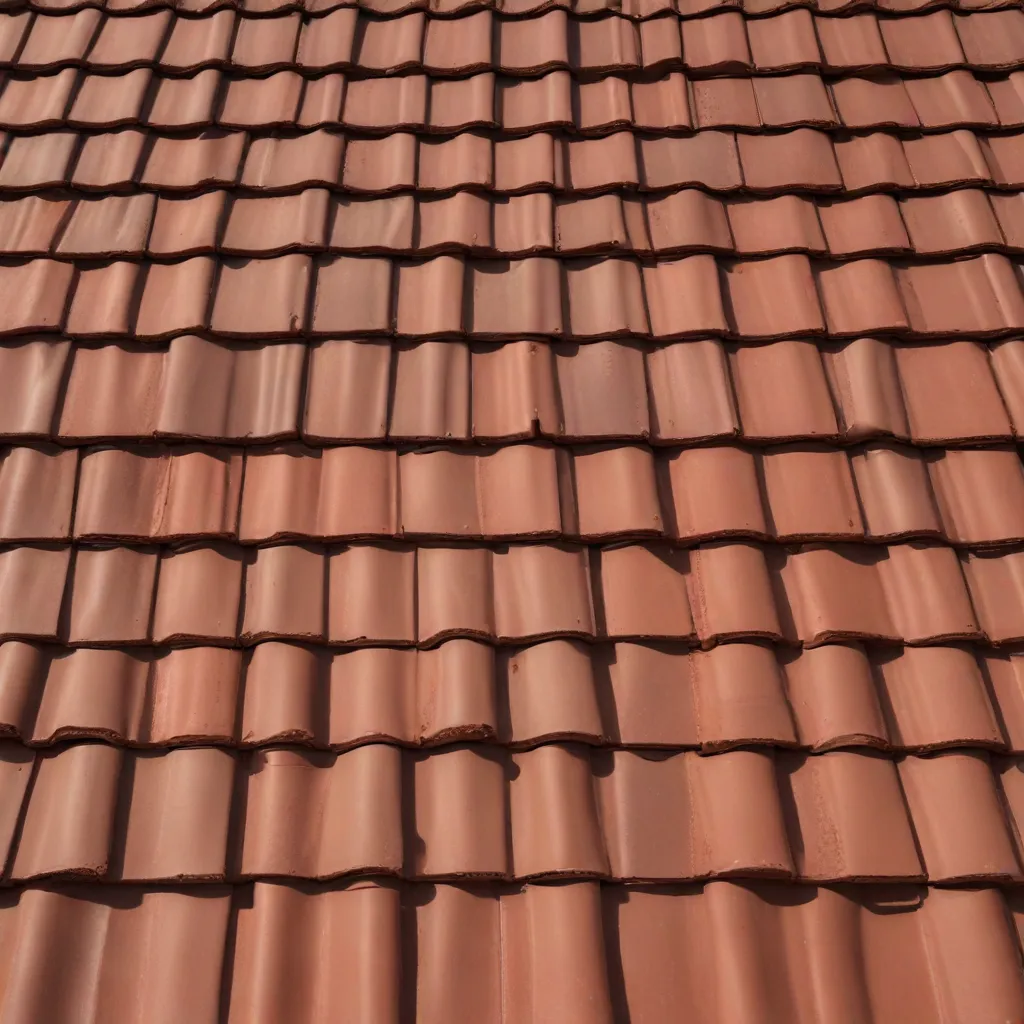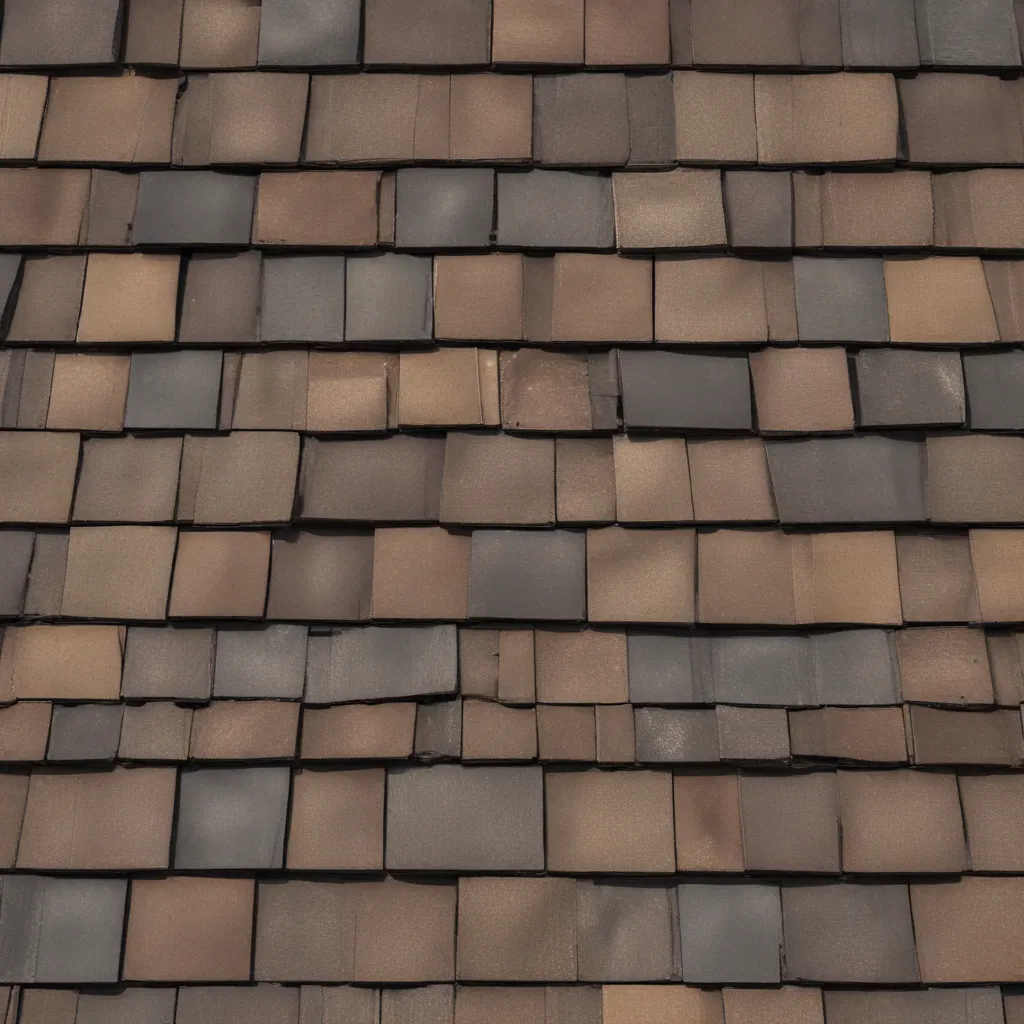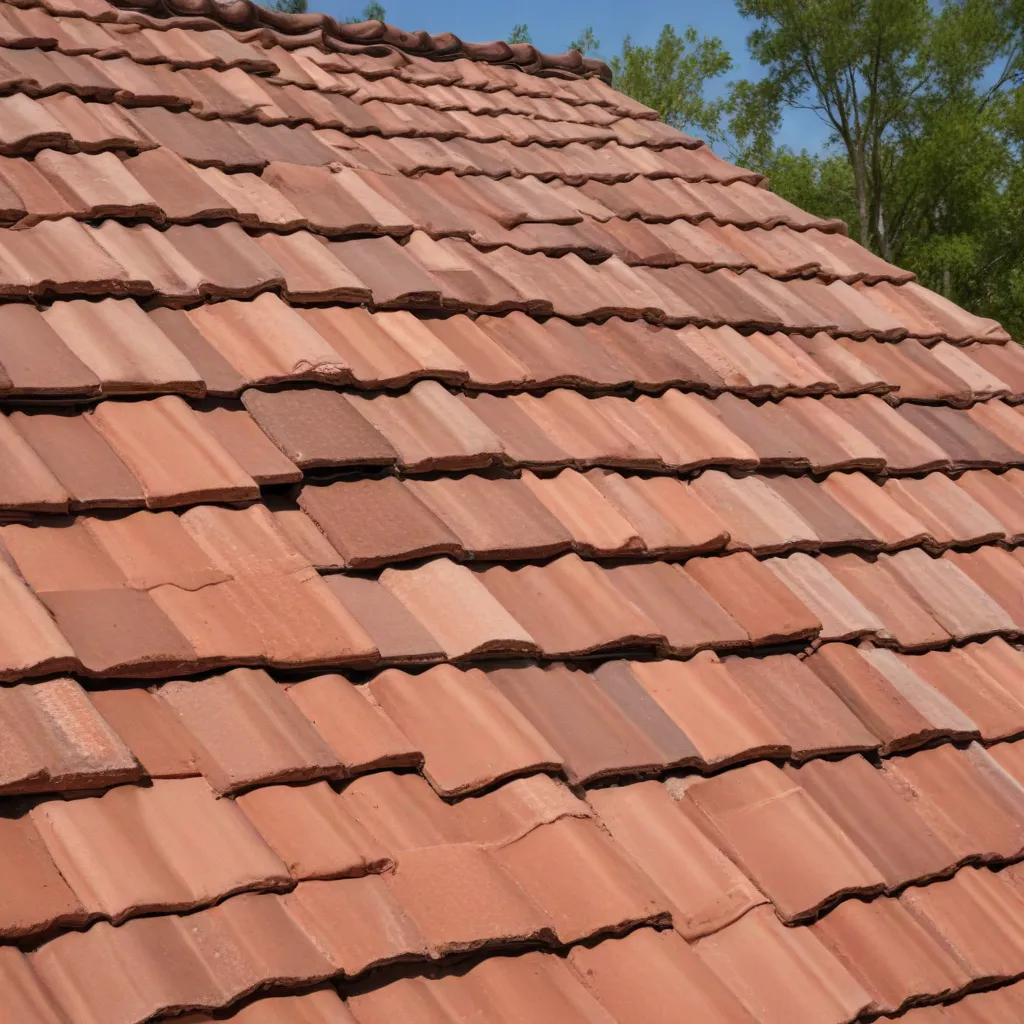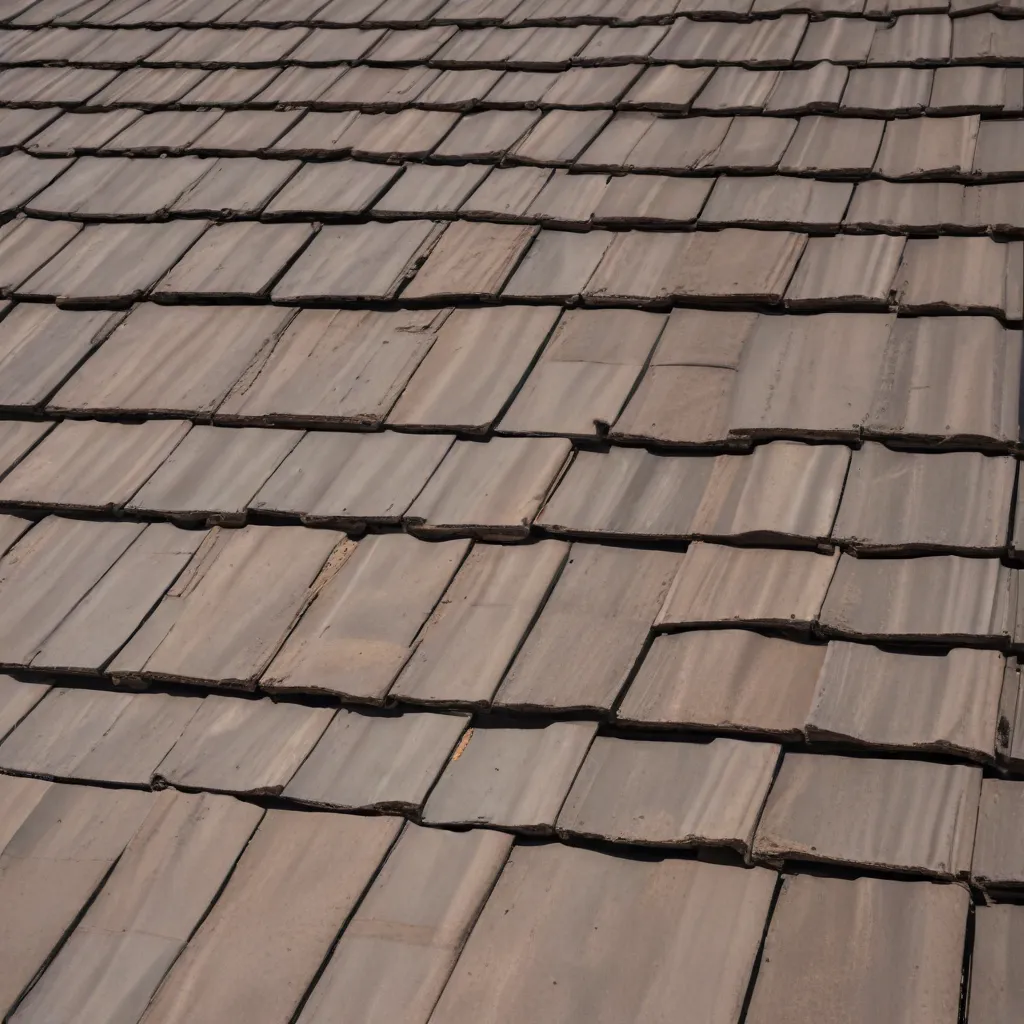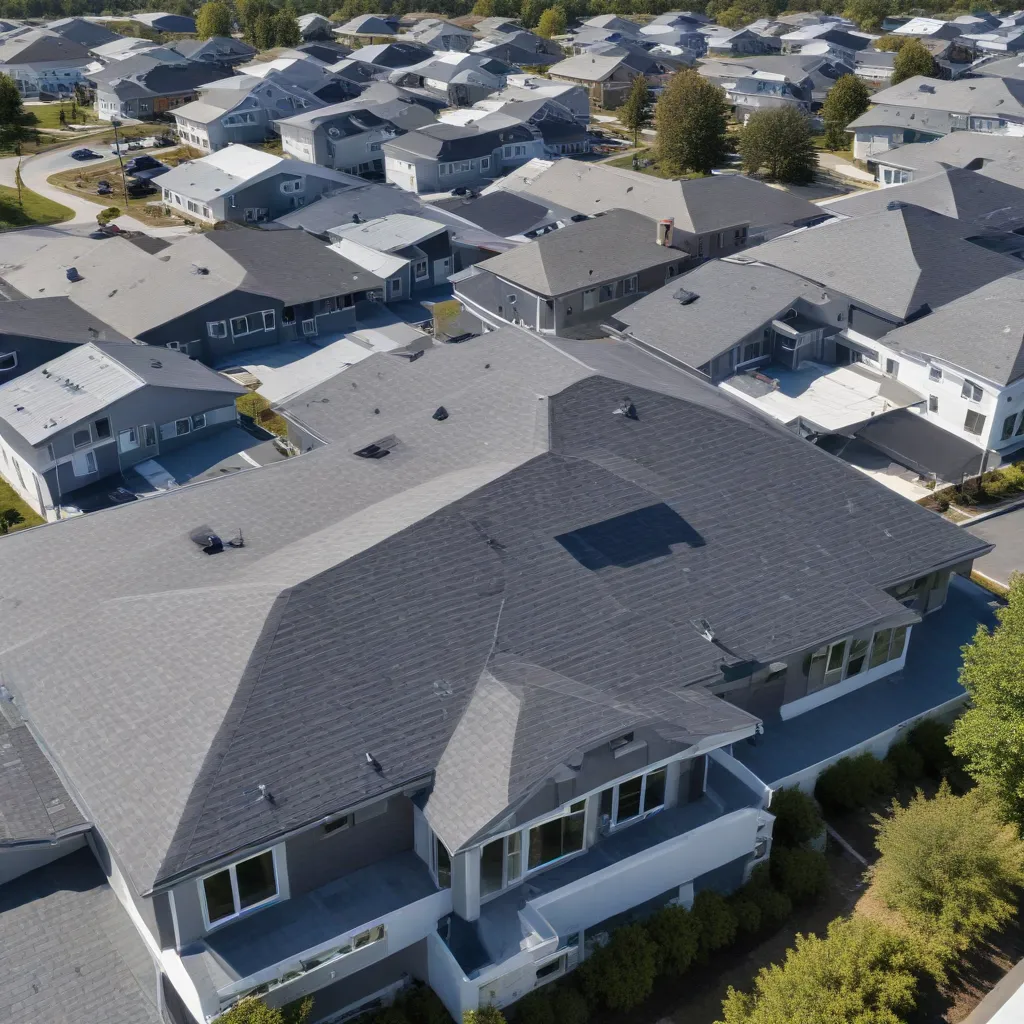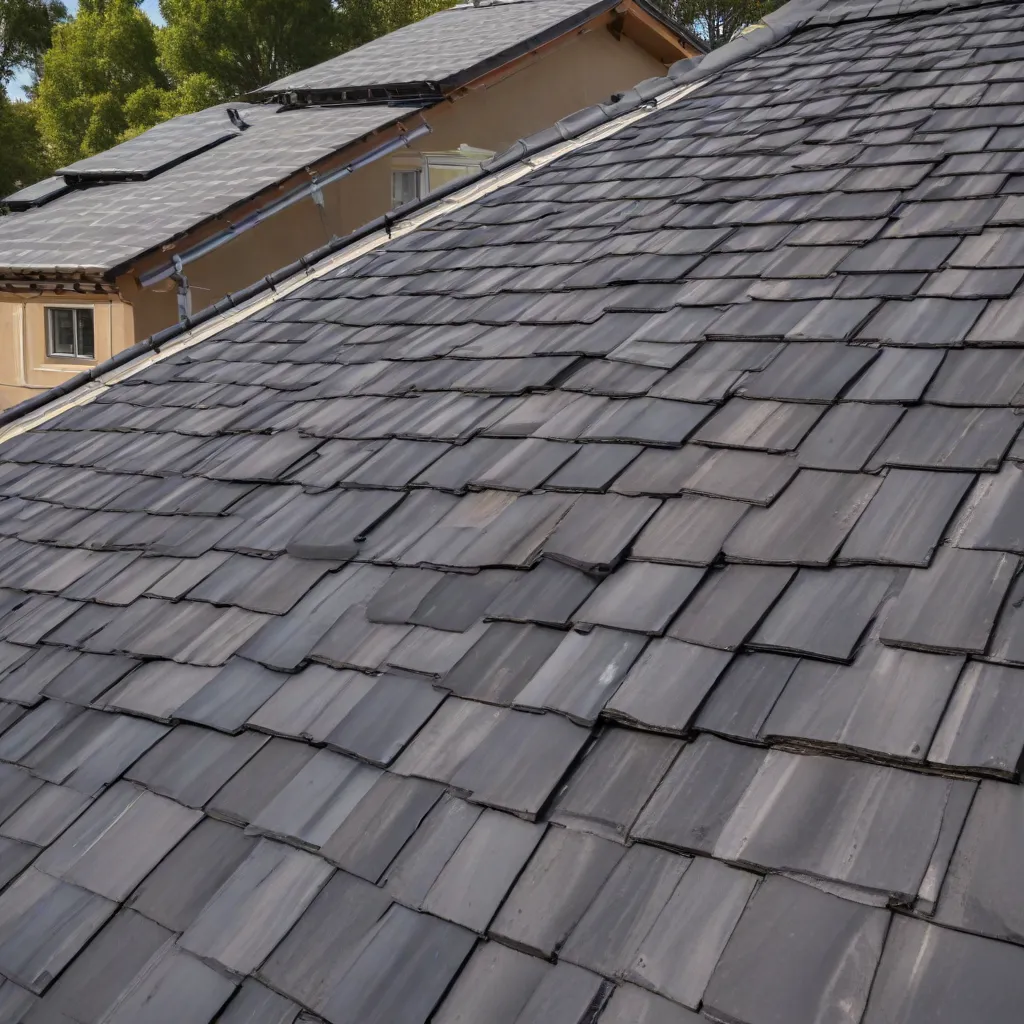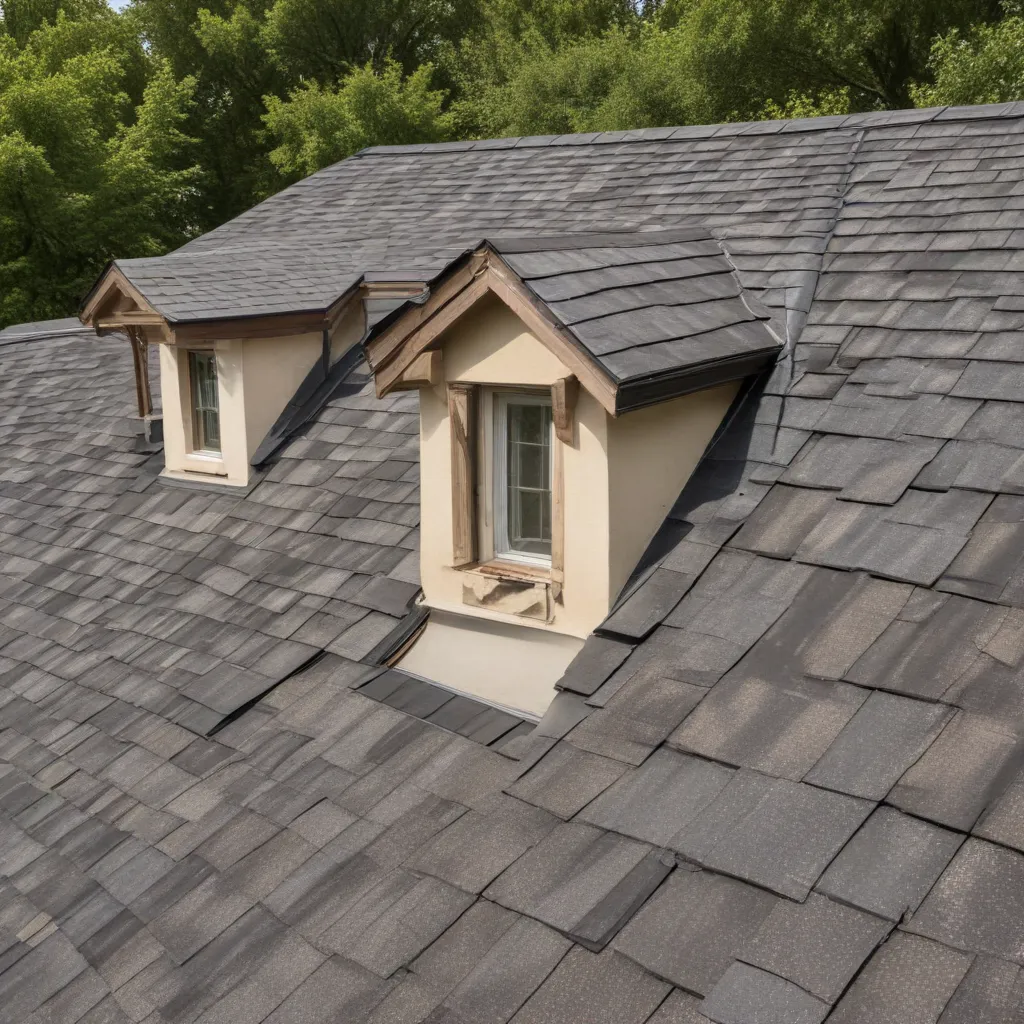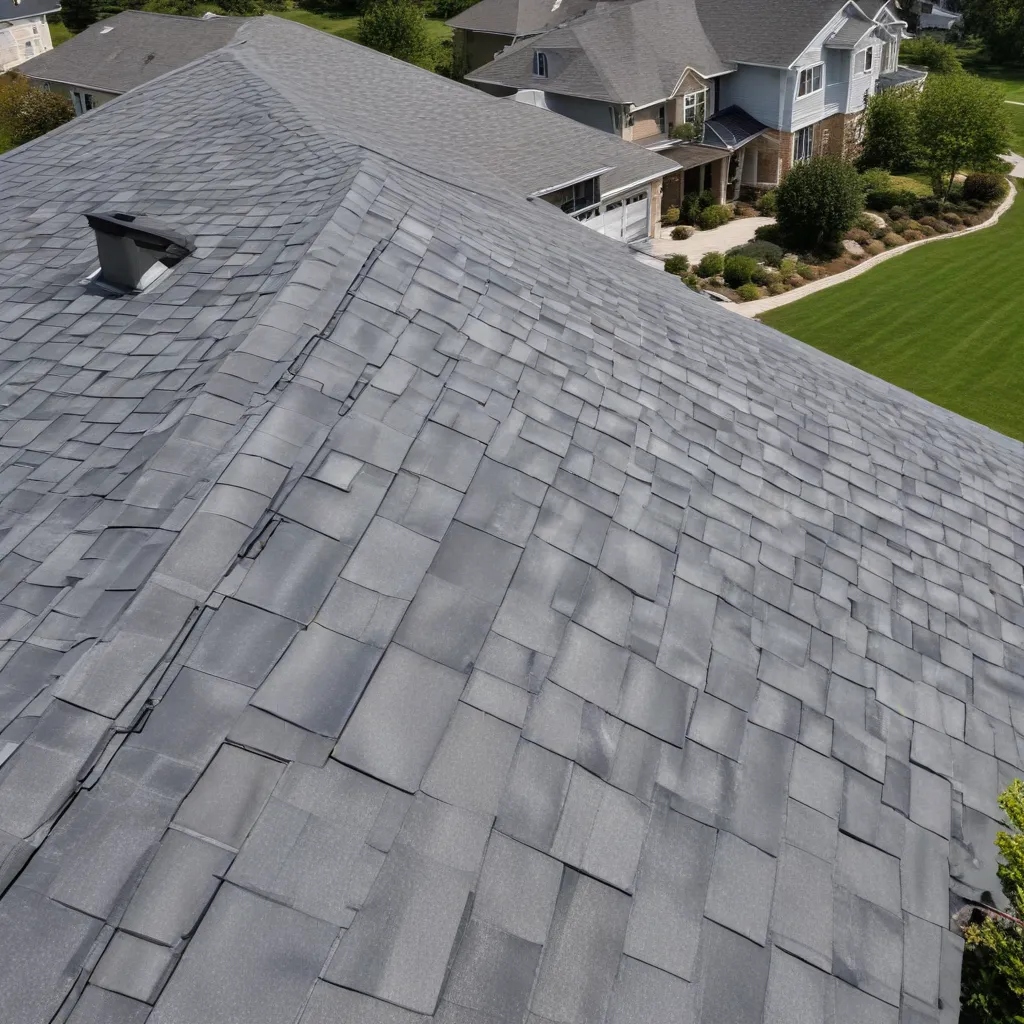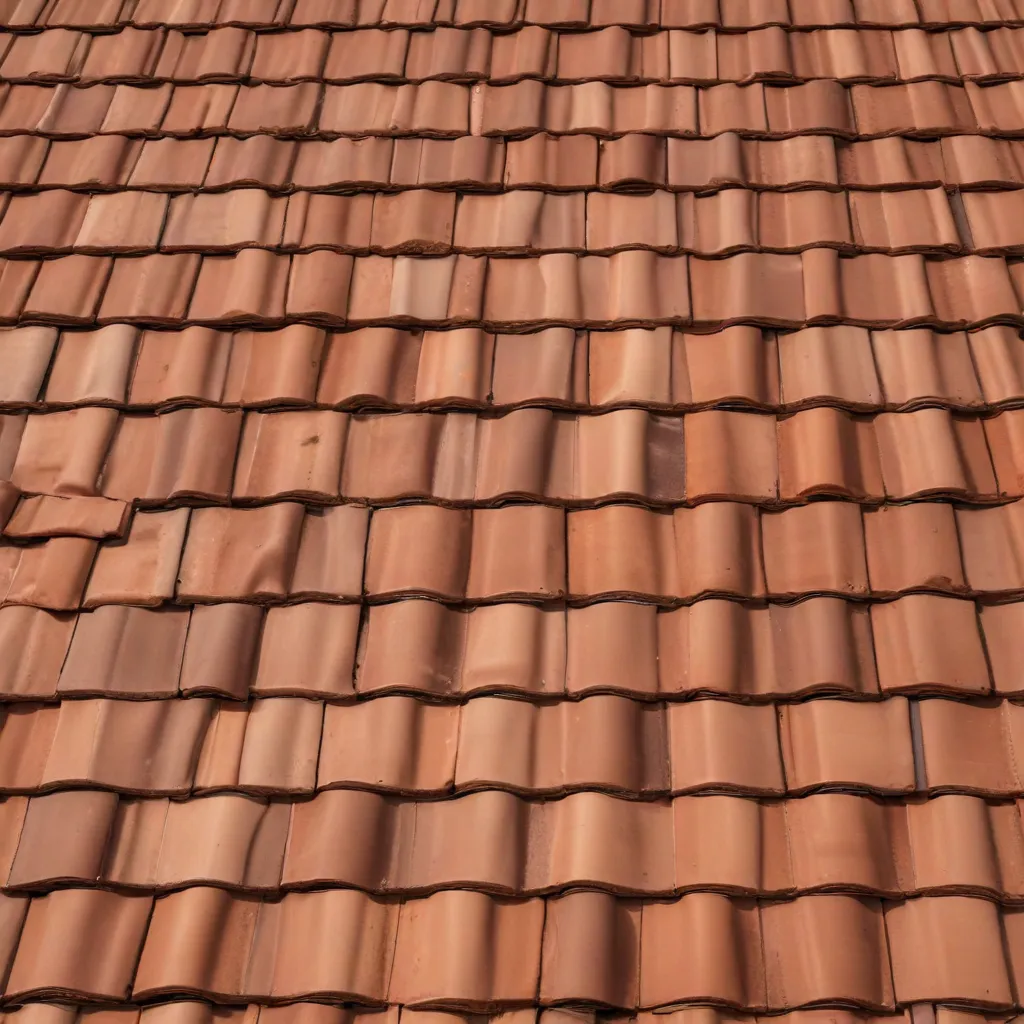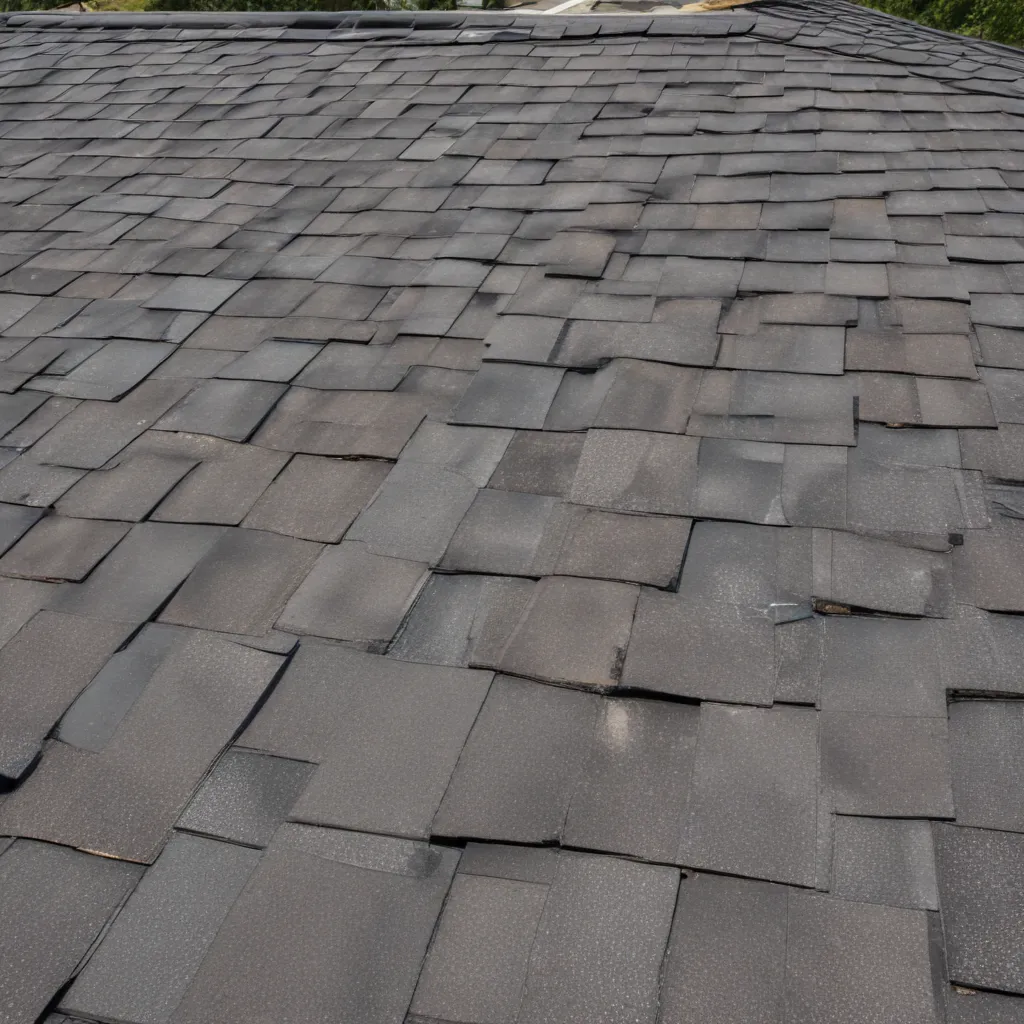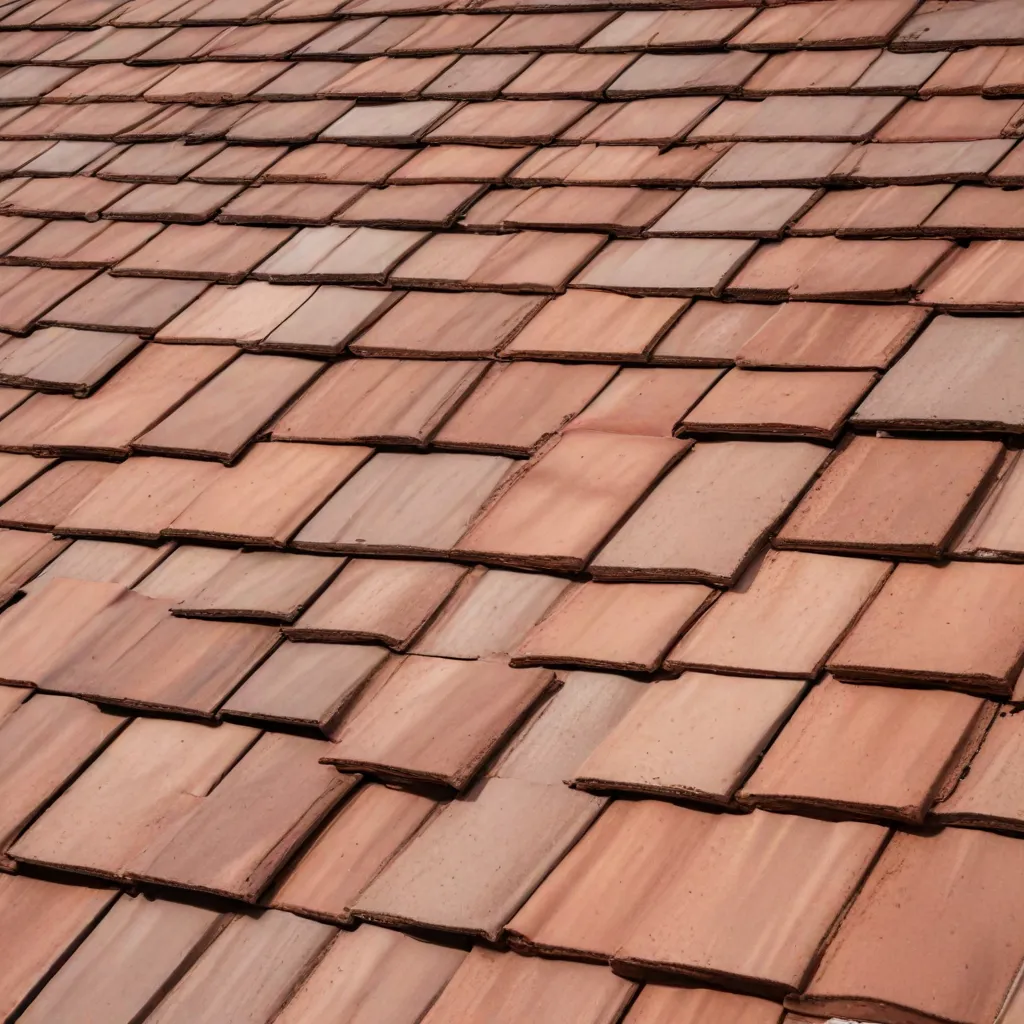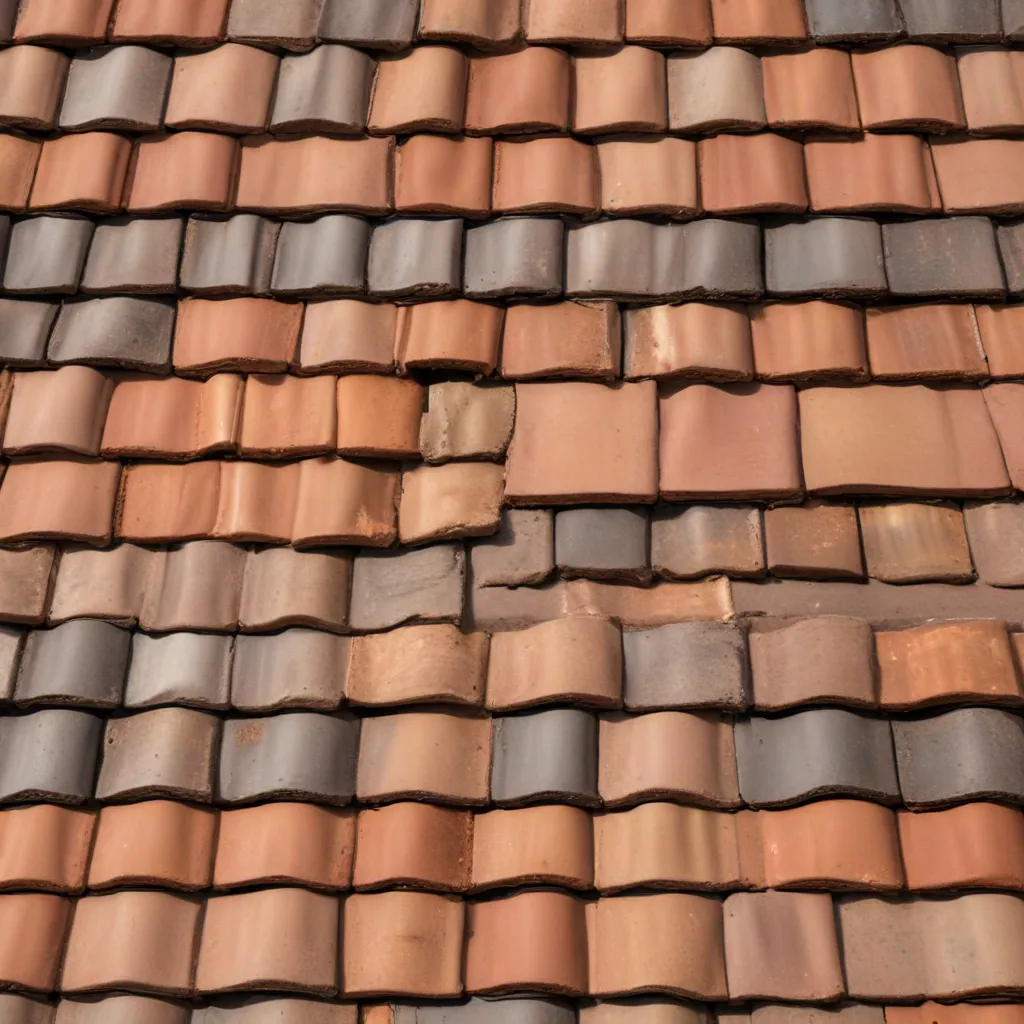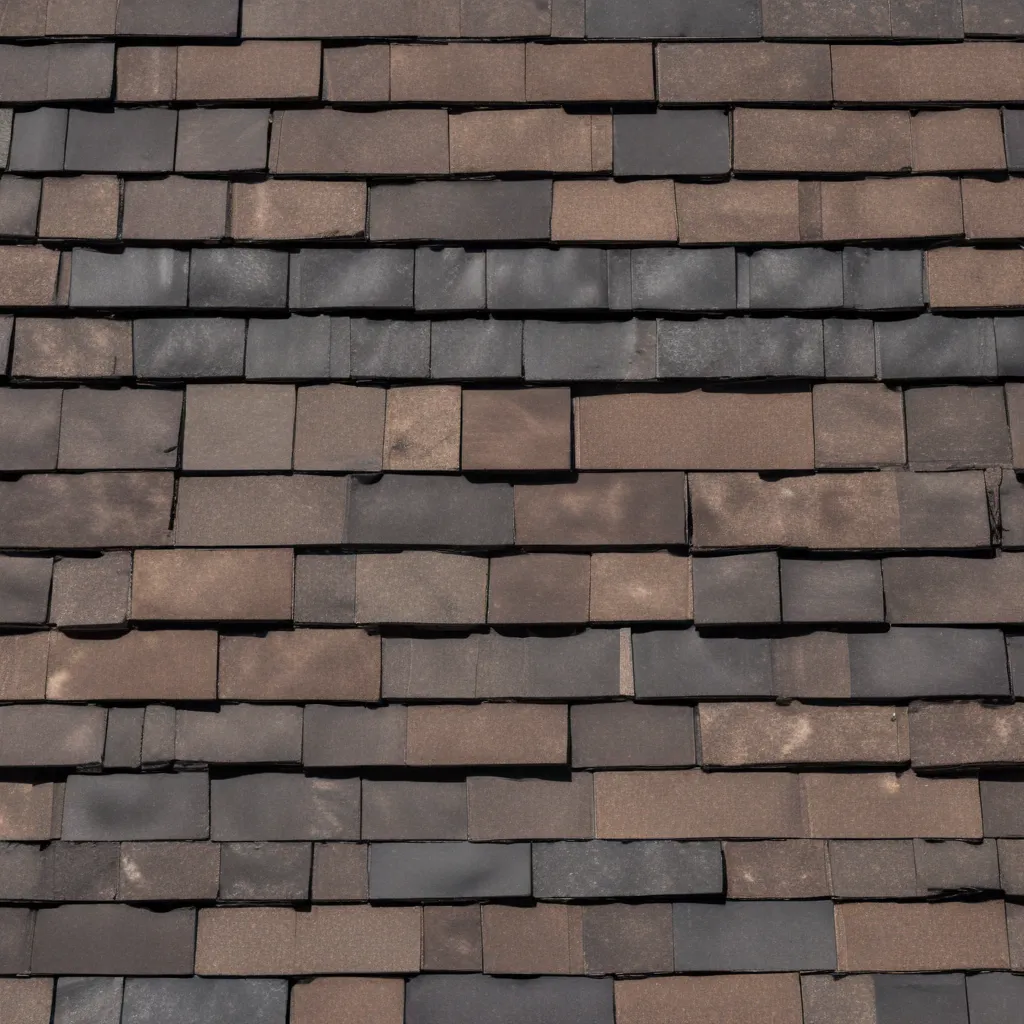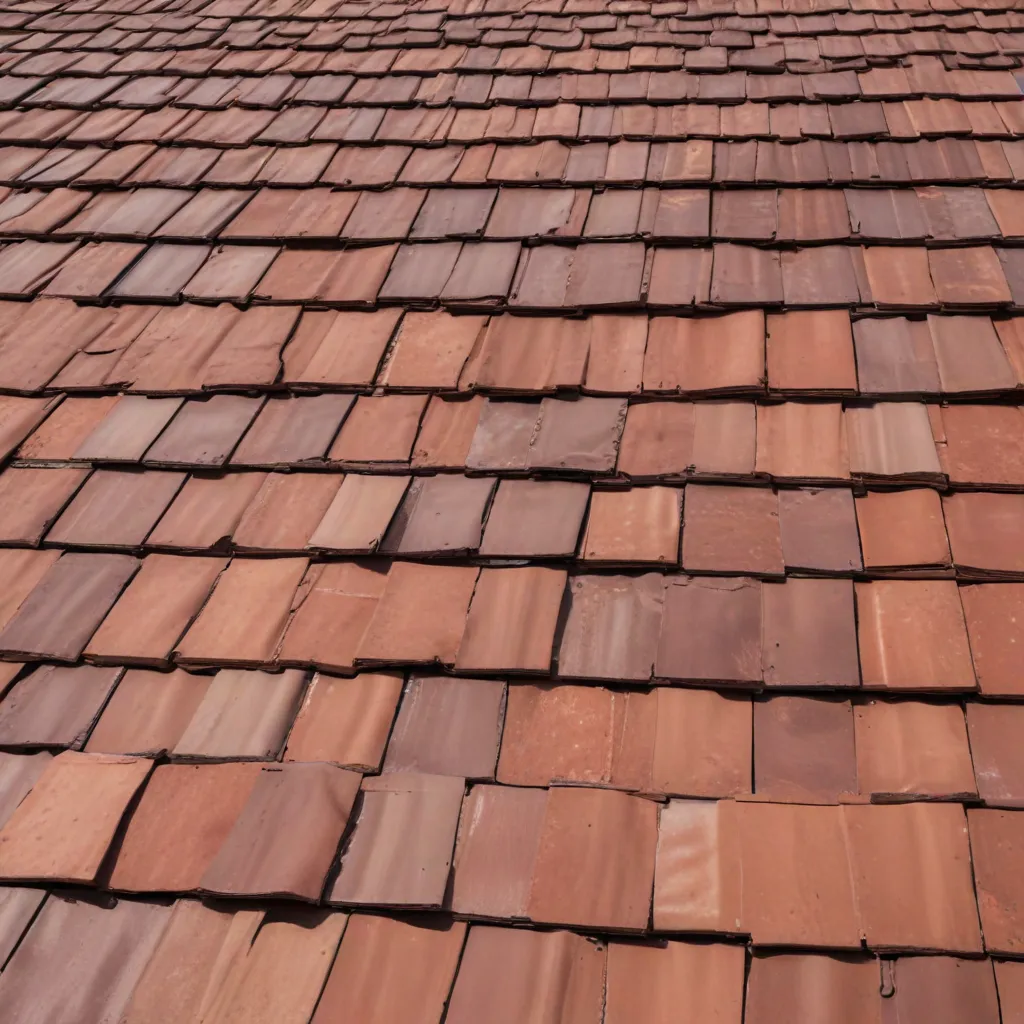Roofing is an essential aspect of any building, providing protection against the elements and ensuring the structural integrity of the property. Over the years, there have been significant advancements in roofing materials, with innovative options emerging in the market. These modern materials offer unique benefits, but they also come with their own set of considerations. In this article, we will delve into the future of roofing, exploring the pros and cons of these innovative materials.
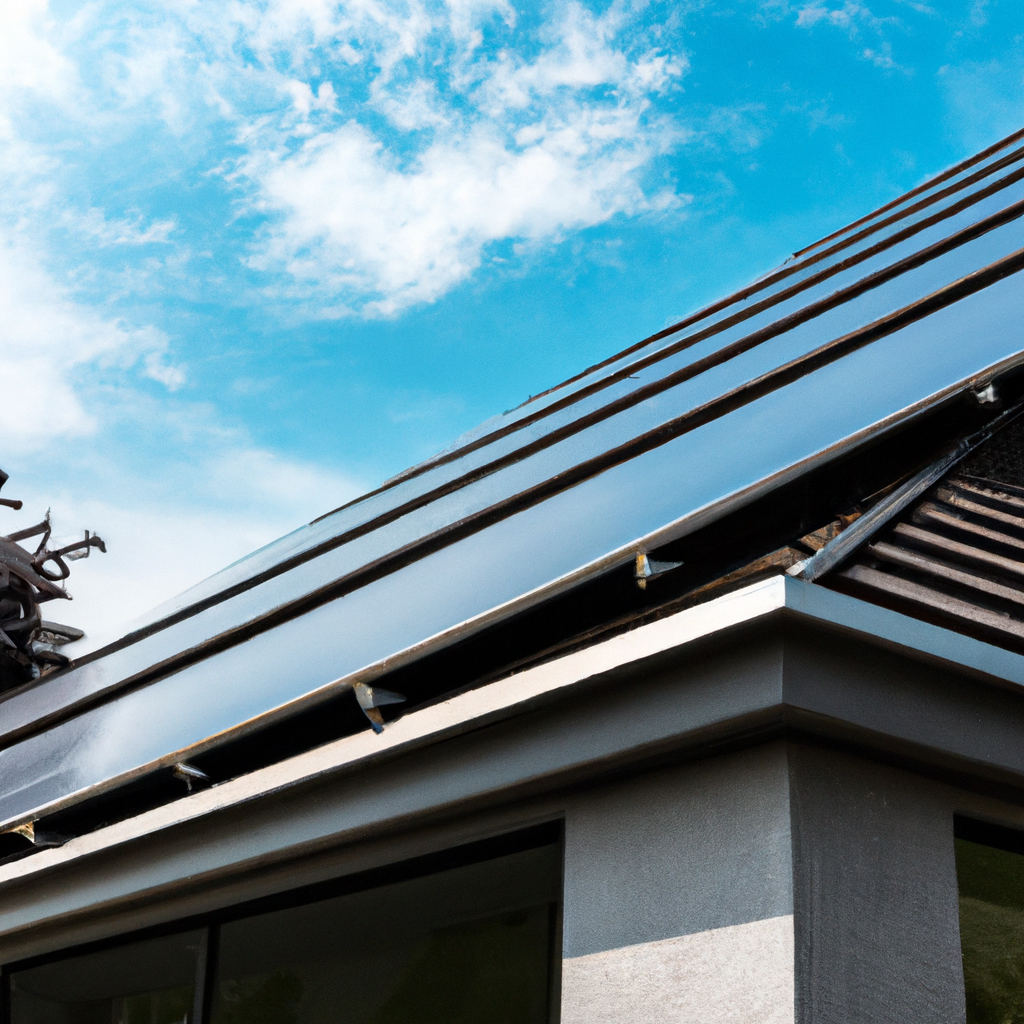
1. Sustainable Roofing: Embracing Eco-Friendly Options
With the growing concern for the environment, sustainable roofing options have gained popularity. These materials are designed to minimize the impact on the planet while providing efficient insulation and durability. One such option is green roofing, which involves the installation of vegetation on the roof surface. Green roofs offer several benefits, including improved air quality, reduced energy consumption, and enhanced stormwater management. However, they require regular maintenance and can be costly to install.
Another eco-friendly choice is solar roofing, which incorporates photovoltaic panels into the roof structure. Solar roofs harness the power of the sun to generate electricity, reducing reliance on traditional energy sources. They can help lower energy bills and contribute to a greener future. However, solar roofs are expensive upfront and may not be suitable for all geographic locations.
2. Metal Roofing: Strength and Longevity
Metal roofing has been around for centuries, but recent advancements in technology have made it an even more attractive option. Metal roofs are known for their durability and longevity, with a lifespan of up to 50 years or more. They offer excellent resistance against fire, insects, and rot, making them a low-maintenance choice. Metal roofs are also energy-efficient, reflecting solar heat and reducing cooling costs. However, they can be noisy during heavy rain or hailstorms, and the initial installation cost can be higher compared to other materials.
3. Synthetic Roofing: Mimicking Traditional Materials
Synthetic roofing materials have gained popularity due to their ability to replicate the appearance of traditional materials such as wood or slate. These materials, often made from recycled plastics or rubber, offer the aesthetic appeal of natural materials without the drawbacks. Synthetic roofs are lightweight, durable, and resistant to harsh weather conditions. They are also more affordable and easier to install compared to their natural counterparts. However, they may not have the same lifespan as authentic materials and can be prone to fading over time.
4. Cool Roofing: Combating Urban Heat Island Effect
As cities continue to grow, the urban heat island effect becomes a concern. Cool roofing materials are designed to reflect sunlight and absorb less heat, helping to mitigate the heat buildup in urban areas. These roofs can significantly reduce energy consumption for cooling, leading to lower utility bills. Cool roofing options include reflective coatings, tiles, and shingles. However, their effectiveness can vary depending on factors such as climate and the color of the roof.
5. Composite Roofing: A Blend of Strength and Versatility
Composite roofing combines various materials to create a versatile and durable roofing option. These materials often consist of a mixture of plastic, rubber, and wood fibers, resulting in a lightweight and weather-resistant product. Composite roofs offer the look of natural materials with added benefits such as increased durability, resistance to mold and insects, and minimal maintenance requirements. However, the cost of composite roofing can be higher compared to traditional materials, and the color options may be limited.
6. Concrete Roofing: Durability and Fire Resistance
Concrete roofing has long been known for its strength and fire resistance. This material offers exceptional durability, with a lifespan of 50 years or more. Concrete roofs are resistant to harsh weather conditions, including wind, hail, and UV rays. They also provide excellent insulation and can help reduce energy consumption. However, concrete roofs are heavy and require a strong support structure. The installation process can be complex and time-consuming, and the initial cost may be higher than other options.
7. Clay Tile Roofing: Timeless Elegance and Longevity
Clay tile roofing has been a popular choice for centuries, known for its timeless elegance and durability. Clay tiles are resistant to fire, insects, and rot, making them a long-lasting option. They offer natural insulation and can withstand extreme weather conditions. Clay tile roofs are also environmentally friendly, as they are made from natural materials and can be recycled. However, clay tiles are heavy, requiring a sturdy support structure. They can be expensive to install, and the color options may be limited.
In conclusion, the future of roofing is filled with innovative materials that offer a range of benefits and considerations. From sustainable options to synthetic and composite materials, each choice has its own unique features. It is crucial to carefully evaluate the pros and cons of these roofing materials before making a decision. Consider factors such as durability, maintenance requirements, cost, and environmental impact. By choosing the right roofing material for your needs, you can ensure a long-lasting and efficient roof that enhances the overall value of your property.

